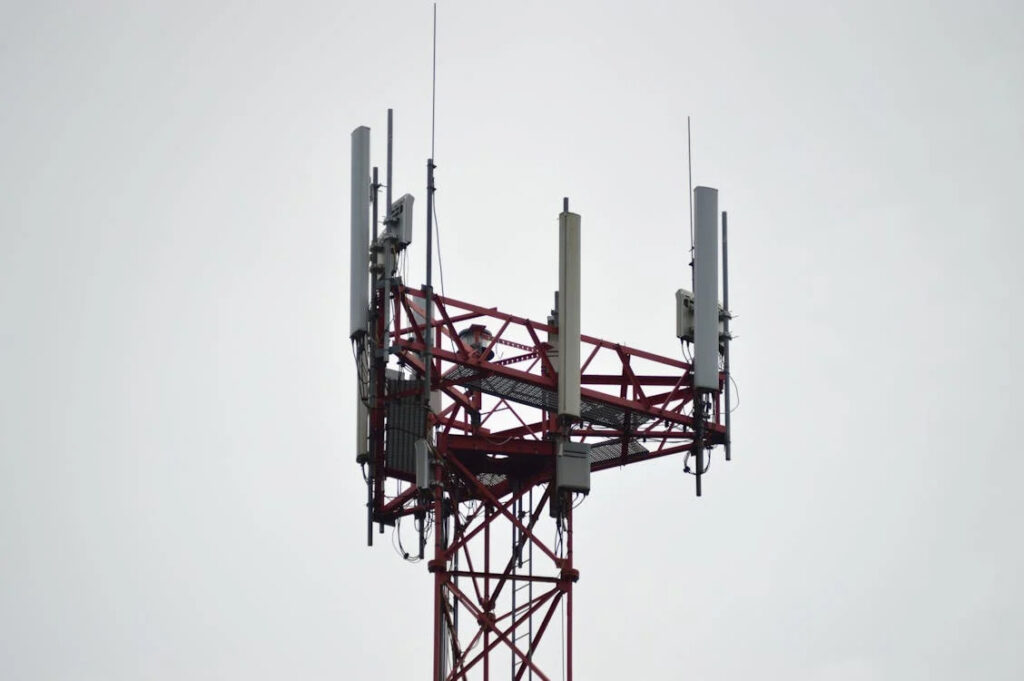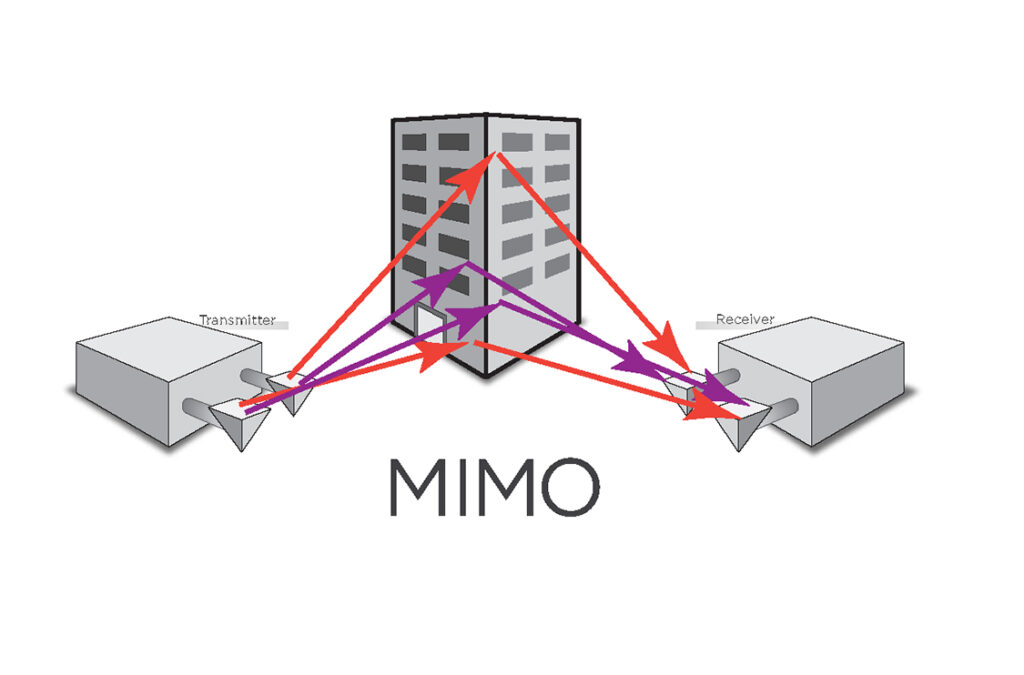Scaling New Heights in 5G Technology with High-Efficiency 28GHz MIMO Systems
Researchers and engineers are always stretching the envelope to improve the efficiency and performance of 5G technology as the globe welcomes its transforming power. From the Tokyo Institute of Technology, where a team has invented a small and high-efficient 28GHz Multiple-Input Multiple-Output (MIMO) system, there is a revolutionary advance in this field. Apart from raising the performance criteria of 5G networks, this creative solution establishes a new benchmark in chip design and capability.
The Advent of Compact MIMO Technology
The newly developed 28GHz time-division MIMO receiver is a marvel of modern engineering. Utilizing 65nm CMOS technology, it features eight radio frequency elements, each occupying a mere 0.1 mm². This compact design significantly reduces the chip size necessary for beamforming, a crucial technique in enhancing signal reception and reducing interference. The integration of these small yet efficient components marks a significant step forward in making 5G technology more adaptable and easier to implement across various devices and infrastructure.
Enhancing Performance with Time-Division Beamforming
One of the core innovations of this MIMO receiver is its use of time-division beamforming. This technique allows the receiver to rapidly switch beam patterns, facilitating the use of multiple data streams without the need for additional hardware. Such capability is pivotal for supporting the dense data demands of modern applications like augmented reality and autonomous vehicles. The receiver achieves an impressive -23.5 dB error vector magnitude in 64-quadrature amplitude modulation, handling data rates up to 9.6 Gbps, which are vital metrics for assessing the quality and speed of data transmission.
Practical Applications and Impacts

The useful applications of this technology go well beyond standard mobile communication. Reliable and high-speed data transmission is very vital in fields such IoT, real-time video streaming, and autonomous driving. The improved MIMO system guarantees that these programs not only satisfy present needs but also become ready for more demanding future requirements. Furthermore, the capacity of the system to effectively manage several data streams opens the path for more strong and flawless communication features, hence perhaps lowering the latency and connection problems these technologies now suffer from.
Integration Challenges and Solutions
Moving from theoretical design to actual application presents major difficulties, especially with regard to high-frequency MIMO system integration into current 5G networks. Among these difficulties include signal integrity, heat control, and the physical placement of minuscule components in densely crowded environments. The Tokyo Institute of Technology team resolved these problems by creating strong heat handling capacity and sophisticated signal processing techniques guaranteeing stability and efficiency even at high frequencies. Furthermore, their MIMO system’s modular architecture facilitates simpler integration with current infrastructure, therefore offering a flexible answer for network enhancements. This calculated strategy not only gets over technical and physical constraints but also speeds up the acceptance of next-generation MIMO technologies in practical environments.
A major step towards more dependable, scalable 5G networks is the creation of the 28GHz MIMO technology by Tokyo Institute of Technology. Moving from the lab to actual use, this technology has the potential to change the terrain of digital communication. This invention not only supports the present generation of digital applications but also sets a strong basis for the future developments of 5G technology by lowering the physical limits of past systems and improving the capacity to manage large data rates. Integration of such high-efficiency technologies will be crucial in achieving the full potential of what 5G may offer the globe as we keep climbing new heights in telecommunications.

